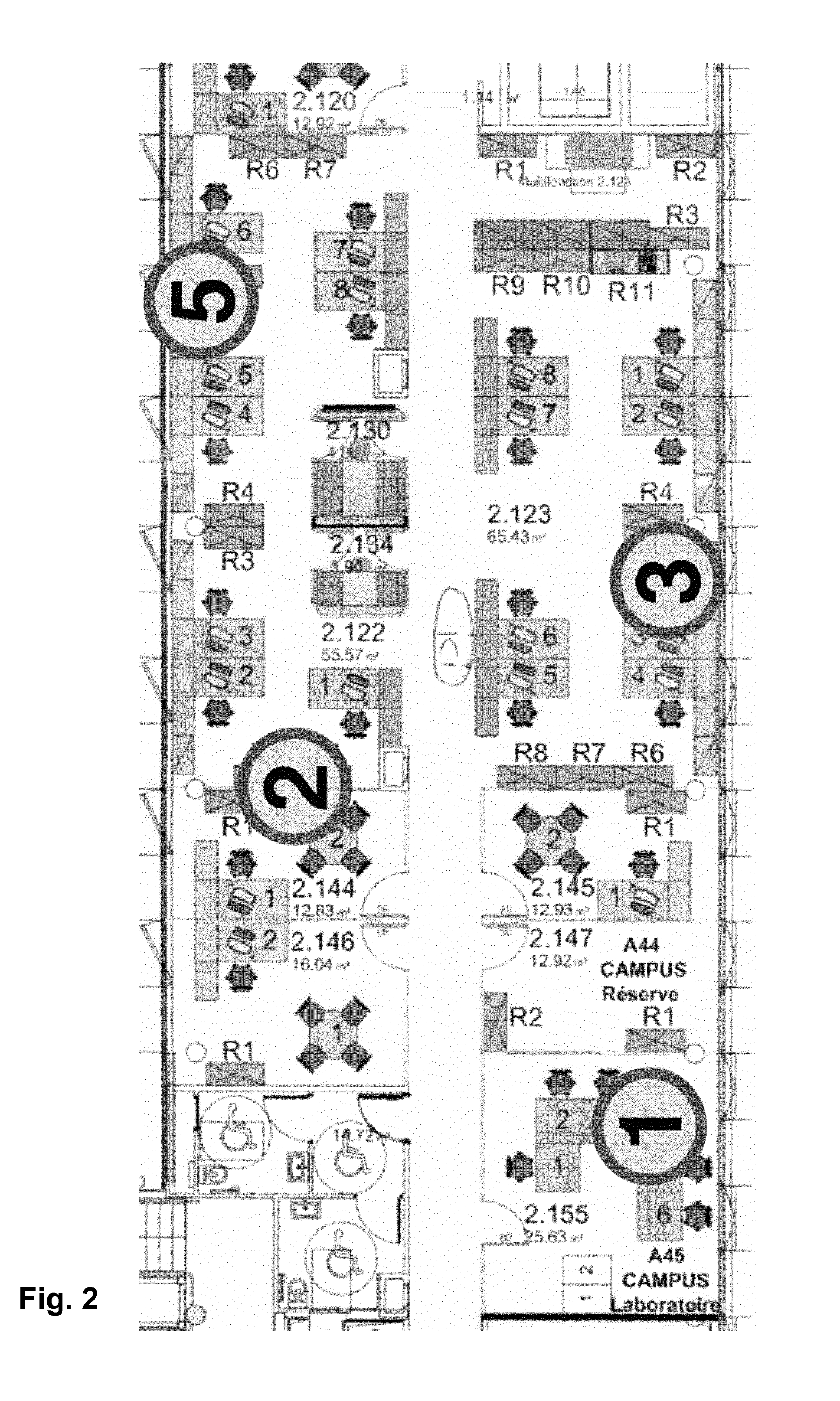Method of, and apparatus for, controlling a wireless connection in a MIMO system using multi-sector directional antennas
a wireless connection and multi-sector technology, applied in the field of controlling a wireless connection in a mimo system, can solve the problems of reducing directional antennas might decrease the capacity of a mimo link, and reducing the probability of a link loss, so as to avoid unstable link quality and link throughput, increase or drop throughput, the effect of high throughput gain
- Summary
- Abstract
- Description
- Claims
- Application Information
AI Technical Summary
Benefits of technology
Problems solved by technology
Method used
Image
Examples
Embodiment Construction
[0037]As shown in FIG. 13, an exemplary apparatus 130 in accordance with the invention is provided with at least two multi-sector antennas 131 and 132, each having four antenna elements 131A-131D and 132A-132D, respectively. In one embodiment the antenna elements 131A-131D and 132A-132D provide no directivity gain. The apparatus 130 further has a processor 133, a program memory 134 adapted to store program information during execution of the program information, and a data memory 135 adapted to store data during execution of the program information. The apparatus 130 may further have a non-volatile storage memory 136, e.g. of the flash-memory type or electric erasable programmable ROM (EEPROM) type, for non-transitory storage of program information and / or data used during executing the program information. Other types of non-volatile storage memory 136 are also conceivable, including optical or magnetic storage, and client / server data storage. The apparatus 130 may further be equipp...
PUM
 Login to View More
Login to View More Abstract
Description
Claims
Application Information
 Login to View More
Login to View More - R&D
- Intellectual Property
- Life Sciences
- Materials
- Tech Scout
- Unparalleled Data Quality
- Higher Quality Content
- 60% Fewer Hallucinations
Browse by: Latest US Patents, China's latest patents, Technical Efficacy Thesaurus, Application Domain, Technology Topic, Popular Technical Reports.
© 2025 PatSnap. All rights reserved.Legal|Privacy policy|Modern Slavery Act Transparency Statement|Sitemap|About US| Contact US: help@patsnap.com



